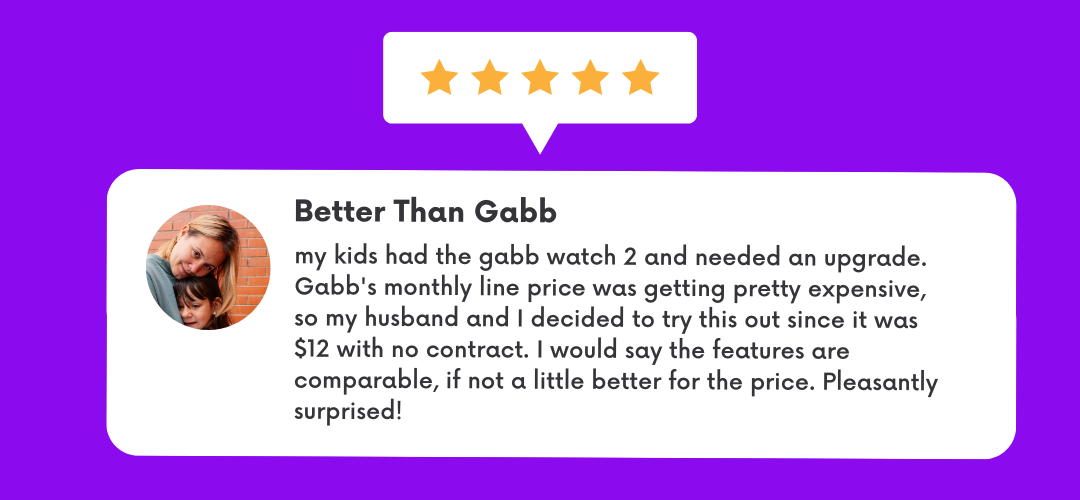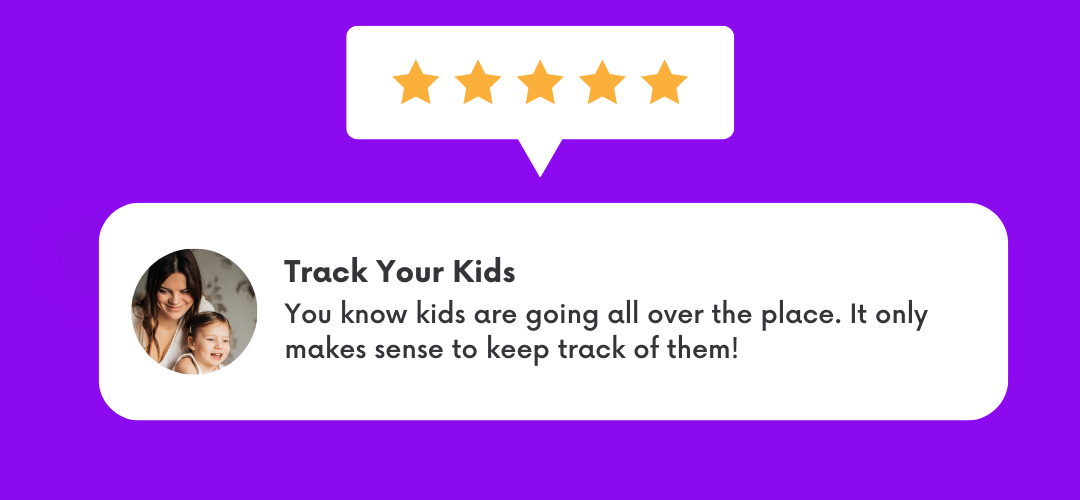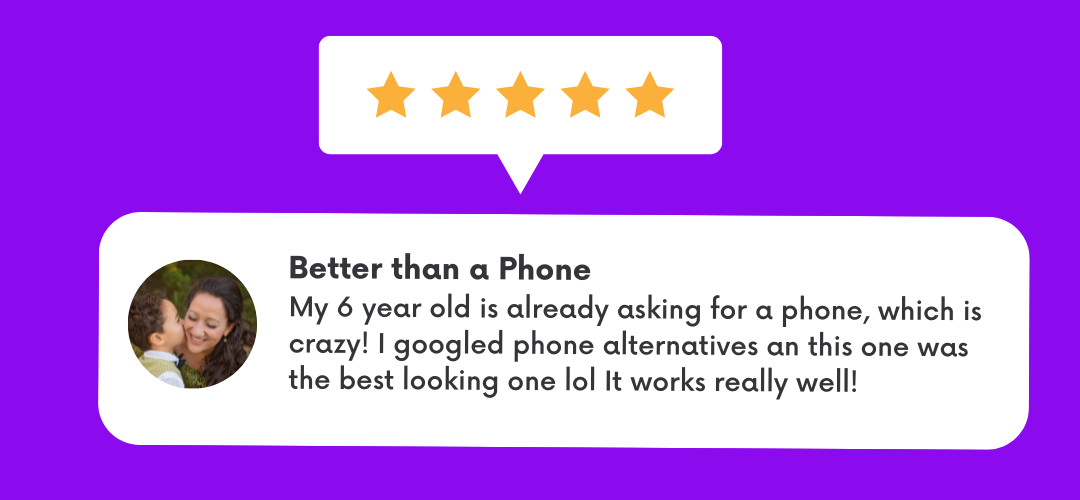Artificial Intelligence (AI) has transcended its niche origins to become an omnipresent force in modern society. From virtual assistants like Siri and Alexa to recommendation algorithms on streaming platforms, AI permeates almost every facet of our daily lives. Its influence extends beyond personal interactions, shaping industries such as healthcare, finance, and transportation. However, amidst the convenience and efficiency AI offers, concerns arise regarding its impact on children, particularly in their online engagements.
The MyFirst team would like to to elucidate the top five AI platforms prevalent among kids and the associated risks, empowering parents with knowledge to navigate their child's digital landscape effectively. We believe our products, like our kids smart watch, can help parents and children mitigate these dangers.
1. ChatGPT: A Double-Edged Sword
ChatGPT, hailed for its comprehensive knowledge base and conversational prowess, has garnered popularity among students seeking academic assistance. Launched in 2022, its rapid adoption prompted schools to implement bans, citing concerns over academic integrity. Despite efforts to integrate NSFW filters, users have exploited loopholes, engaging in inappropriate conversations. This underscores the challenge of balancing educational utility with safeguarding against misuse, necessitating proactive measures from parents and educators.
2. Character.AI: Navigating Fictional Realms
Character.AI offers a unique proposition, enabling usersto interact with fictional characters and celebrities through text-based conversations. While the platform fosters creativity and imagination, it also harbors risks, exemplified by the emergence of problematic personas like "Toxic Boyfriend." Despite NSFW filters, instances of inappropriate content persist, raising questions about content moderation and user safety. Moreover, the blurring of fantasy and reality may hinder children's ability to discern between healthy and harmful relationships, warranting parental guidance and intervention.
3. MyAI - Snapchat: Negotiating Social Spaces
Snapchat's MyAI, an in-app chatbot akin to ChatGPT, introduces a new dimension of AI integration within social media ecosystems. Despite disclaimers highlighting potential biases and misinformation, its allure to young users remains strong. However, inherent risks, including exposure to harmful content and privacy breaches, necessitate proactive parental oversight. Monitoring tools such as Bark offer a viable solution, empowering parents to safeguard their children's online experiences without stifling exploration and social interaction.
4. Replika: The Promise and Peril of AI Companionship
Replika promises to be more than just an AI chatbot, offering users the opportunity to create personalized companions tailored to their preferences and needs. While the concept of AI companionship may seem futuristic, its implications raise ethical and psychological considerations. The blurring of boundaries between human and machine interaction challenges traditional notions of companionship and intimacy, prompting reflections on the nature of human relationships in an increasingly digitized world. As children gravitate towards AI companions for emotional support and companionship, parental guidance becomes paramount in fostering healthy socio-emotional development.
5. Schoolhack: Bridging Learning Gaps or Facilitating Academic Dishonesty?
Schoolhack, designed to assist students with homework and academic queries, occupies a unique niche within the educational landscape. While itsutility in addressing learning gaps and facilitating independent study is evident, concerns regarding academic integrity and safety loom large. The platform's group chat feature and integration with Discord raise red flags, providing potential avenues for unsupervised interactions with strangers. Furthermore, the temptation to seek quick answers without genuine comprehension undermines the learning process, necessitating a balanced approach that prioritizes critical thinking and academic integrity.
Navigating the AI Landscape: Strategies for Parents
As AI continues to shape the digital experiences of children, parents must adopt proactive strategies to mitigate risks and maximize benefits. Beyond implementing technical controls such as web filtering and monitoring tools, fostering open communication and digital literacy skills is crucial. Empowering children to critically evaluate online content, recognize potential risks, and seek help when needed cultivates resilience and responsible digital citizenship. Moreover, modeling healthy technology usage habits and maintaining a supportive, non-judgmental dialogue fosters trust and strengthens parent-child relationships in navigating the complexities of the digital world.
Towards Informed Engagement with AI
The proliferation of AI platforms presents both opportunities and challenges for children and parents alike. While these technologies offer unprecedented access to information, entertainment, and social interaction, they also entail inherent risks ranging from academic dishonestyto exposure to inappropriate content. By staying informed, fostering open communication, and leveraging available tools and resources, parents can empower their children to navigate the AI landscape safely and responsibly. Ultimately, nurturing a culture of digital resilience and ethical engagement ensures that children harness the transformative potential of AI while safeguarding their well-being and development in an ever-evolving digital age.
If you want to make sure these apps are blocked on your child’s devices, you may want to use our powerful web-filtering features to control whatyour child can access. MyFirst's smartwatch products allows parents to fully block any of these platforms — both as an app and a website.
Sources:







